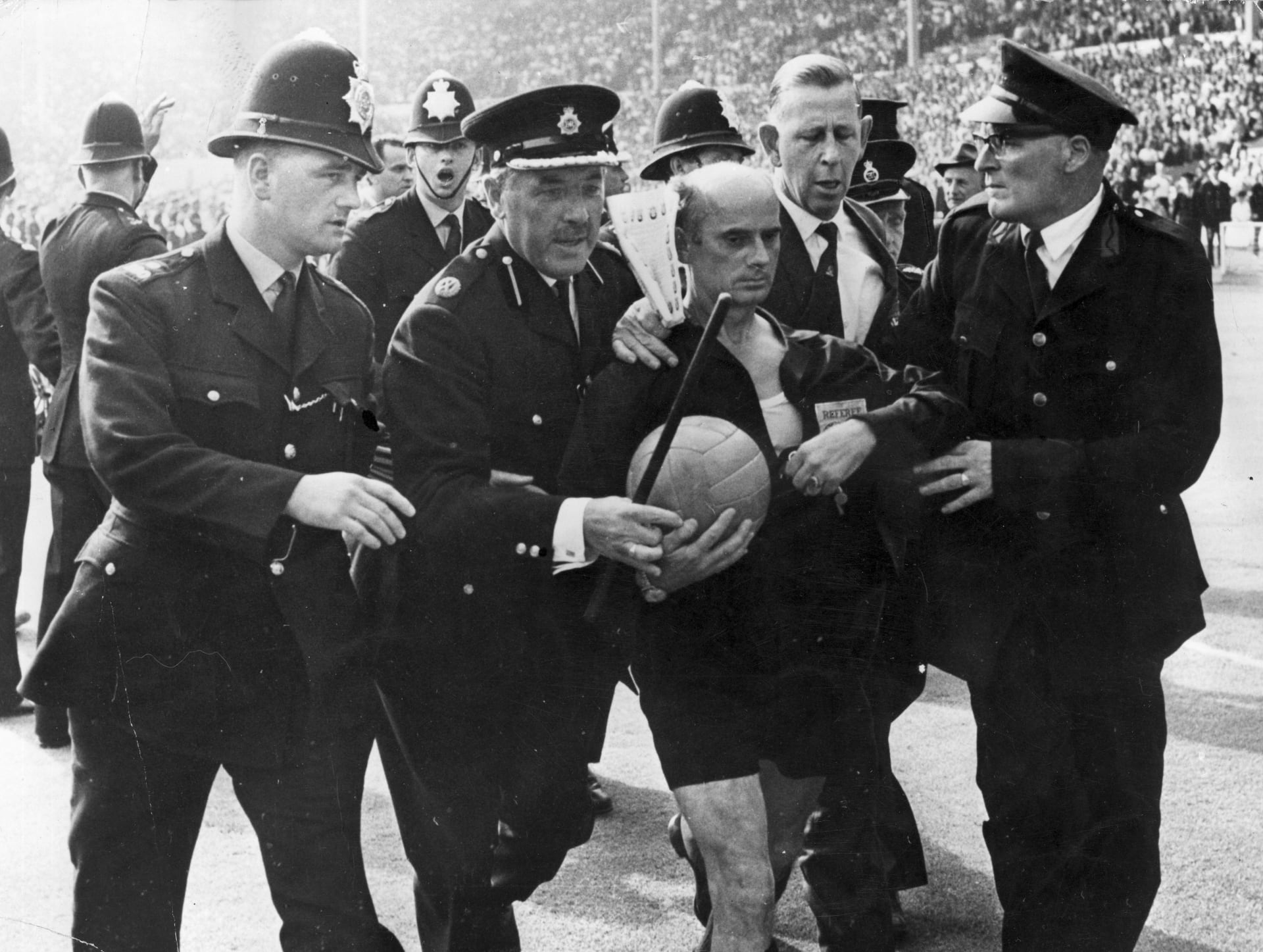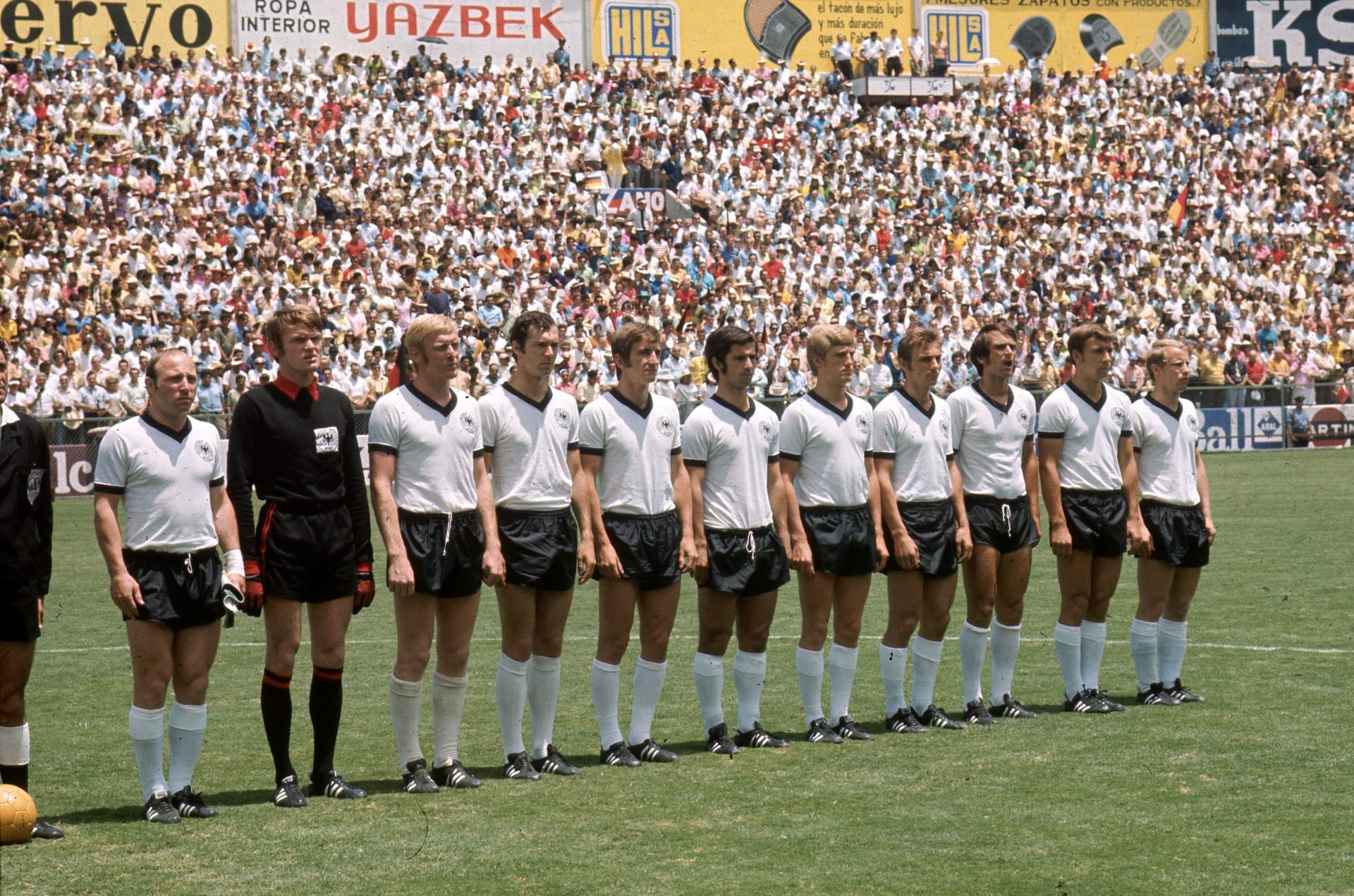دبي، الإمارات العربية المتحدة (CNN) -- في منتصف القرن الماضي كان حكم مباراة كرة القدم يلجأ إلى الإشارة واتخاذ القرارات بشكل شفهي، عند ارتكاب اللاعبين خطأ ما، إذ كان يتجه نحو المخطئ ويُشير له بالرقم 1، أي أن لديه إنذار، بينما إذ أشار له بالرقم 2، فهذا يعني أنه حصل على الإنذار الثاني وعليه الخروج من الملعب، قبل أن يتم اعتماد البطاقات الملونة في كأس العالم عام 1970.
مباراة في كأس العالم 1966 تتسبب في تغيير القانون
التقى منتخب الأرجنتين مع منتخب إنجلترا في الدور ربع النهائي، وأدار الحكم رودولف كريليتين تلك المباراة، التي شهدت العديد من حالات الجدل والاعتراض على القرارات التحكيمية.
وكان الحكم قد توجه نحو اللاعب الإنجليزي جاك تشارلتون وطالبه بالخروج من الملعب بعد ارتكابه الخطأ، إلا أن لاعب منتخب إنجلترا رفض الخروج مؤكدًا له بأنه لم يتلقَ أي إشارة بالإنذار، لذا فلن يغادر الملعب.

وأثارت هذه الحادثة توتر لاعبي وكوادر المنتخبين، قبل أن يتم تداولها على نطاقٍ واسع في الأوساط الإعلامية.
هذا ما دفع الحكم البريطاني كين أستون، رئيس لجنة الحكام السابق في الاتحاد الدولي (فيفا)، إلى ابتكار فكرة جديدة لتجنب مثل هذه الأحداث.
واستوحى كين أستون فكرة البطاقات الملونة من إشارة المرور، إذ يُشير اللون الأحمر لتوقف المركبات عن الحركة، فيما يُشير اللون الأصفر إلى الانتظار، لذا تم تطبيق ذلك على لعبة كرة القدم، باستخدام البطاقة الصفراء للإنذار والحمراء لطرد اللاعب خارج الملعب.
ووافق أعضاء "فيفا" على قرار اعتماد البطاقات الملونة عام 1968.
أول نسخة من كأس العالم تشهد بطاقات ملونة
يعتبر مونديال المكسيك 1970 أول من شهد الاعتماد على البطاقات الملونة، لكن لم يشهد أيّ حالة طرد.
أول بطاقة حمراء في كأس العالم
كان التشيلي كارلوس كازالي أول لاعب يتلقى بطاقة حمراء في كأس العالم، حين أُشهر في وجهه بطاقتان صفراوتان ليخرج من خلالهما مطروداً بالكرت الأحمر، في مباراة الافتتاح في مونديال 1974 بين منتخبي تشيلي وألمانيا.
أول لاعب عربي يتلقى بطاقة صفراء
تحصل نجم منتخب تونس طارق ذياب على بطاقة صفراء في الدقيقة 68، قي مواجهة ألمانيا وتونس في مونديال 1978.
أسرع حالة طرد في كأس العالم
نال الأوروغوياني خوسيه باتيستا بطاقة حمراء بعد مرور 56 ثانية من زمن المباراة فقط، خلال مباراة الأوروغواي وإسكتلندا في دور المجموعات في مونديال 1986.
أكثر المنتخبات تحصلاً على البطاقات الحمراء في كأس العالم
تحصل المنتخب البرازيلي على 11 بطاقة حمراء، يليه المنتخب الأرجنتيني بـ 10 بطاقات، ثمّ المنتخب الأوروغوياني بـ 9 بطاقات.
أكثر اللاعبين طرداً في كأس العالم
تمّ طرد الفرنسي زين الدين زيدان في مناسبتين، خلال المونديال في نسختي 1998 و 2006، بالتساوي مع الكاميروني ريغوبيرت سونغ الذي طُرِدَ في نسختي 1994 و1998.
آخر بطاقة حمراء في كأس العالم
يُعد السويسري مايكل لانغ آخر لاعب قد تم طرده، ذلك خلال مواجهة سويسرا والسويد في دور الـ 16، في مونديال 2018.
